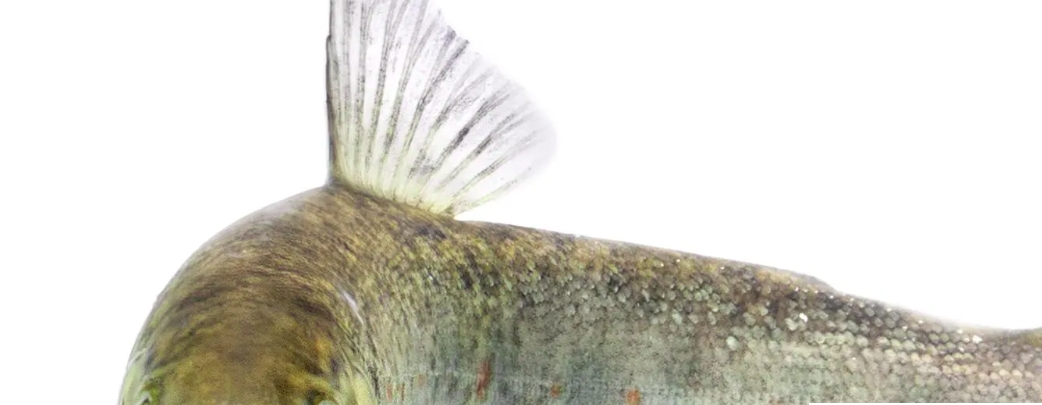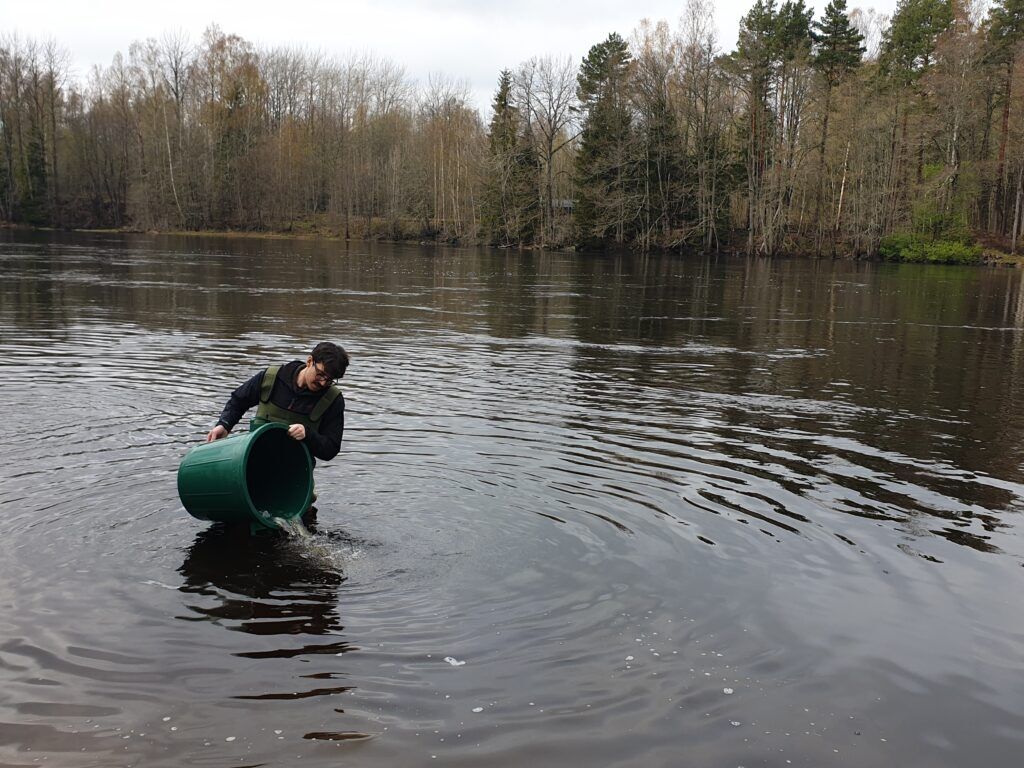We reach more than 65,000 registered users in Dec!! Register Now

Drug pollution alters migration behaviour in salmon
- June 20, 2025
- 4 Views
- 0 Likes
- 0 Comment
In the largest study of its kind to date, a team of international researchers has investigated how pharmaceutical pollution affects the behaviour and migration of Atlantic salmon.
The study, led by the Swedish University of Agricultural Sciences, revealed that commonly detected environmental levels of clobazam – a medication often prescribed for sleep disorders – increased the river-to-sea migration success of juvenile salmon in the wild. 
Dr Marcus Michelangeli from Griffith University’s Australian Rivers Institute, who was a key contributor to the study published in Science, emphasised the increasing threat of pharmaceutical pollution to wildlife and ecosystems worldwide.
“Pharmaceutical pollutants are an emerging global issue, with over 900 different substances having now been detected in waterways around the world,” Dr Michelangeli said.
“Of particular concern are psychoactive substances like antidepressants and pain medications, which can significantly interfere with wildlife brain function and behaviour.
Dr Michelangeli noted that the study’s real-world focus sets it apart from previous research.
“Most previous studies examining the effects of pharmaceutical pollutants on wildlife have been conducted under controlled laboratory conditions, which don’t fully capture the complexities of natural environments,” he said.
“This study is unique because it investigates the effects of these contaminants on wildlife directly in the field, allowing us to better understand how exposure impacts wildlife behaviour and migration in a natural context.
Dr Marcus Michelangeli
A follow-up laboratory experiment also found that clobazam altered shoaling behaviour, indicating that the observed migration changes in the wild may result from drug-induced shifts in social dynamics and risk-taking behaviour.
Dr Michelangeli explained that predicting the full extent of these impacts remains challenging
“When you consider realistic exposure scenarios where entire ecosystems are exposed – encompassing multiple species and a diversity of contaminants – the potential consequences become even more complex,” he said.
Dr Michelangeli pointed out that many pharmaceuticals persist in the environment due to poor biodegradability and insufficient wastewater treatment. However, there is hope.
“Advanced wastewater treatment methods are becoming more effective at reducing pharmaceutical contamination, and there is promising potential in green chemistry approaches,” he said.
“By designing drugs that break down more rapidly or become less harmful after use, we can significantly mitigate the environmental impact of pharmaceutical pollution in the future.”
The study ‘Pharmaceutical pollution influences river-to-sea migration in Atlantic salmon (Salmo salar)’ has been published in Science.
List of Referenes
- Jack A. Brand, Marcus Michelangeli, Samuel J. Shry, Eleanor R. Moore, Aneesh P. H. Bose, Daniel Cerveny, Jake M. Martin, Gustav Hellström, Erin S. McCallum, Annika Holmgren, Eli S. J. Thoré, Jerker Fick, Tomas Brodin, Michael G. Bertram. Pharmaceutical pollution influences river-to-sea migration in Atlantic salmon ( Salmo salar ). Science, 2025; 388 (6743): 217 DOI: 10.1126/science.adp7174
Cite This Article as
No tags found for this post









